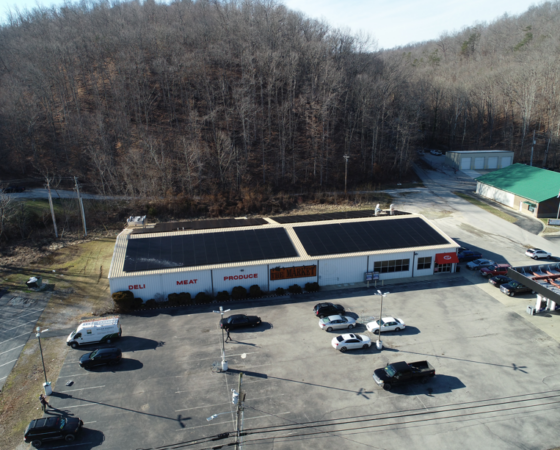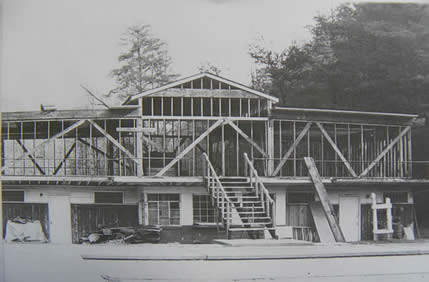 With the rise of reality television shows focusing on rural areas and the recent 50th Anniversary of the War on Poverty, stereotypes about Appalachia have resurfaced on the national scene with a vengeance.
With the rise of reality television shows focusing on rural areas and the recent 50th Anniversary of the War on Poverty, stereotypes about Appalachia have resurfaced on the national scene with a vengeance.
It’s been hard for Appalachia to combat these pervasive images and perceptions, but National Public Radio’s Sarah Baird takes a stab at it in her recent piece, “Stereotypes of Appalachia Obscure a Diverse Picture.” In the article, Baird examines the history of ethnic and racial diversity in the region, and tried to combat the prevailing image of Appalachia as a solely white region.
 It’s an issue that Berea College’s Appalachian Studies Center has taken on, too, analyzing 2010 Census data to create maps of Appalachia’s African-American and Latino populations. The maps (at left), paint a very different picture from that perpetuated by most national media of who inhabits Appalachia.“While the economic despair and major health epidemics are an unsettling reality for the region, a glaring omission has been made from the ‘poverty porn’ images fed to national audiences for generations: Appalachia’s people of color,” Baird writes. In writing this piece, she’s helping to reveal the complexities of Appalachia, a region so often cast-aside as too homogenous, and, as a result, backward.
It’s an issue that Berea College’s Appalachian Studies Center has taken on, too, analyzing 2010 Census data to create maps of Appalachia’s African-American and Latino populations. The maps (at left), paint a very different picture from that perpetuated by most national media of who inhabits Appalachia.“While the economic despair and major health epidemics are an unsettling reality for the region, a glaring omission has been made from the ‘poverty porn’ images fed to national audiences for generations: Appalachia’s people of color,” Baird writes. In writing this piece, she’s helping to reveal the complexities of Appalachia, a region so often cast-aside as too homogenous, and, as a result, backward.
It all brings us back to the economic transition in Appalachia. In order to move forward into a brighter future that works better for more people, the region’s legacy of diversity must be embraced. There can be no bright future for Appalachia unless all of her people are allowed at the decision-making table, or are at least considered by those at the table as very real, and long-lasting members of the region’s culture, communities and economy.
As Dr. Aaron Thompson, executive vice president and chief academic officer for the Kentucky Council on Postsecondary Education, said in Baird’s piece: “In order to fix the issues of the region, we first have to recognize we have a diverse bunch of people living there.”
(Flickr photo by DryHundredFear, Creative Commons license)





